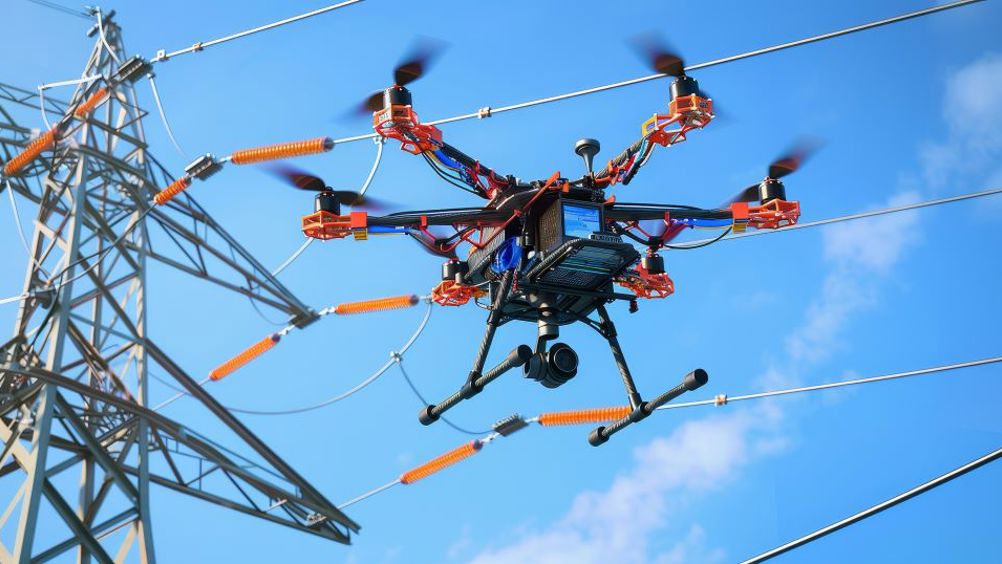The aviation regulator’s new rules will enable drones to fly beyond the visual line of sight (BVLOS) of remote pilots in so-called ‘atypical’ operations through its new policy for atypical air environments (AAE).
BVLOS flights have been taking place in the UK for several years, but these flights have occurred primarily in trials under strict restrictions.
The regulator’s new rules will allow activities where drones can remain at low heights close to infrastructure or near buildings where there is little or no potential for any other aircraft to be operating. These activities include inspecting power lines, maintenance checks of wind turbines, and ‘flying guard dogs’ with drones used for site security.
Related content
In a statement, Sophie O’Sullivan, director of Future of Flight at the UK Civil Aviation Authority, said: “As the potential for drone applications continues to expand, our new policy paves the way for new ways drones will improve everyday life.
“It not only enhances the operational capabilities of drones, but also promises widespread societal benefits across different sectors.
“Our commitment is to protect people and enable aerospace, and we will continue to work with industry to maintain high safety standards as commercial drones become increasingly commonplace.”
According to the CAA, an atypical air environment can be considered as a volume of airspace where operators can reasonably anticipate there to be a reduced number of conventionally piloted aircraft due to the proximity of ground infrastructure. The regulator will initially work with several operators to test and evaluate the policy in a safe and scalable way.
Boeing-backed sees.ai is one such company, who are working with National Grid Electricity Transmission (NGET) to help maintain, upgrade, and expand its network in England and Wales, which includes around 21,000 pylons and 7000km of overhead cable.
John McKenna, CEO of sees.ai, said: "This new policy paves the way for sees.ai and National Grid Electricity Transmission to conduct aerial inspection, survey, and rapid response work from a central control room. This ground-breaking innovation will help National Grid fulfil its commitment to providing clean, fair, and affordable energy to its customers, while undertaking the immense task of enabling the energy transition.”











Deep Heat: The new technologies taking geothermal energy to the next level
No. Not in the UK. The one location in the UK, with the prospect of delivering heat at around 150°C and a thermal-to-electrical efficiency of 10-12%,...